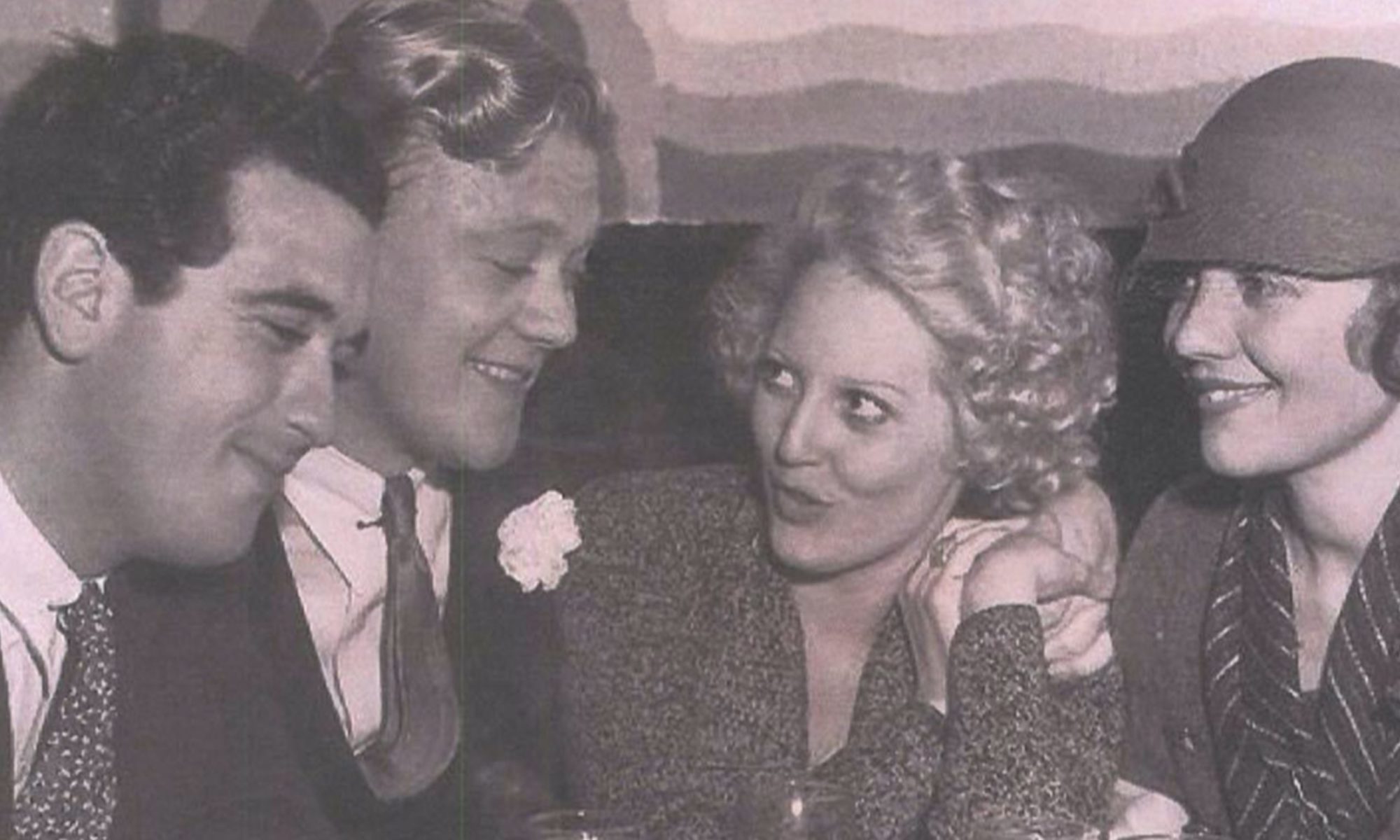Were LGBT Americans welcome in Hollywood during the 1920s and 1930s?
Source: ONE Archives Foundation
Author: Emily Waldron
Subject: History
Topic: Integrated
Grade Levels: High School: 11th Grade
Overview:
This lesson is ideally used to supplement student learning of the 1920s era, and can provide opportunities to discuss social changes that accompany the Great Depression and the shift from the Roaring Twenties to the Great. It asks students to explore this era in Los Angeles, specific the entertainment industry and the nightlife developing in Hollywood during and after Prohibition. First in New York City and Harlem, then in Los Angeles, drag shows that drew crowds of black, white, gay and straight audiences gained popularity in these underground bars and venues. In addition, the changing nightlife of the 1920s was accompanied by shifts in literature, art, music, and film that challenged gender norms, embraced sexual ambiguity, and even featured LGBT characters or actors/performers in drag. The popularity of drag shows and blossoming of LGBT night life during this era, however, can be contrasted with the discriminated still faced by LGBT Americans. This included actors and actresses needing to keep their sexuality hidden, clubs being targeted and raided by the police, and by the 1930s, the industry regulating and censoring its content.
In this lesson, students are challenged to consider whether or not LGBT Americans were welcome in Hollywood during the 1920s and 1930s. They will first examine several primary and secondary sources to better understand this trend as well as the experiences of some LGBT individuals in Los Angeles (specifically Hollywood) during this time. Then, students will consider and gather evidence from these sources to engage in a Structured Academic Controversy.
Download Lesson Plan Below:
This lesson plan was developed through the annual Professional Learning Symposia facilitated by ONE Archives Foundation and the UCLA History-Geography Project. View and download other lesson plans from this project.

